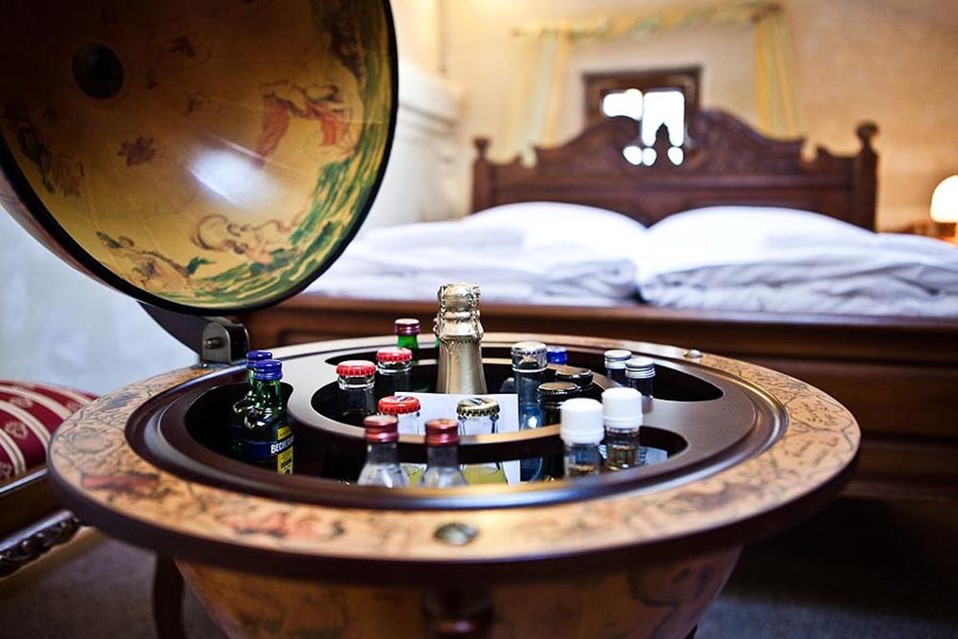Gifts To The United States
April 27, 2013 in Daily Bulletin

When the President of the United State meets with a foreign leader, the President normally receives a gift that must be recoded and catalogued writes Brian Fung. Here are some of the more interesting things about the gifts Barack Obama received in 2011:
- France’s Nicolas Sarkozy was the most frequent gift-giver with 16 gifts to the United States in 2011.
- Yet in terms of overall value of all gifts, France’s $42,000 in gifts paled in comparison to Brazil and Gabon.
- Brazil enjoys giving the President rare soccer jerseys.
- Gabon’s Ali Bongo Ondimba has only given one gift to the President of the United States but the 14″ blue mark sculpture is worth $52,69 – 25% more than the value of France’s 16 gifts combined.
Read more over here.
Source: National Journal

















Join the Discussion! (No Signup Required)